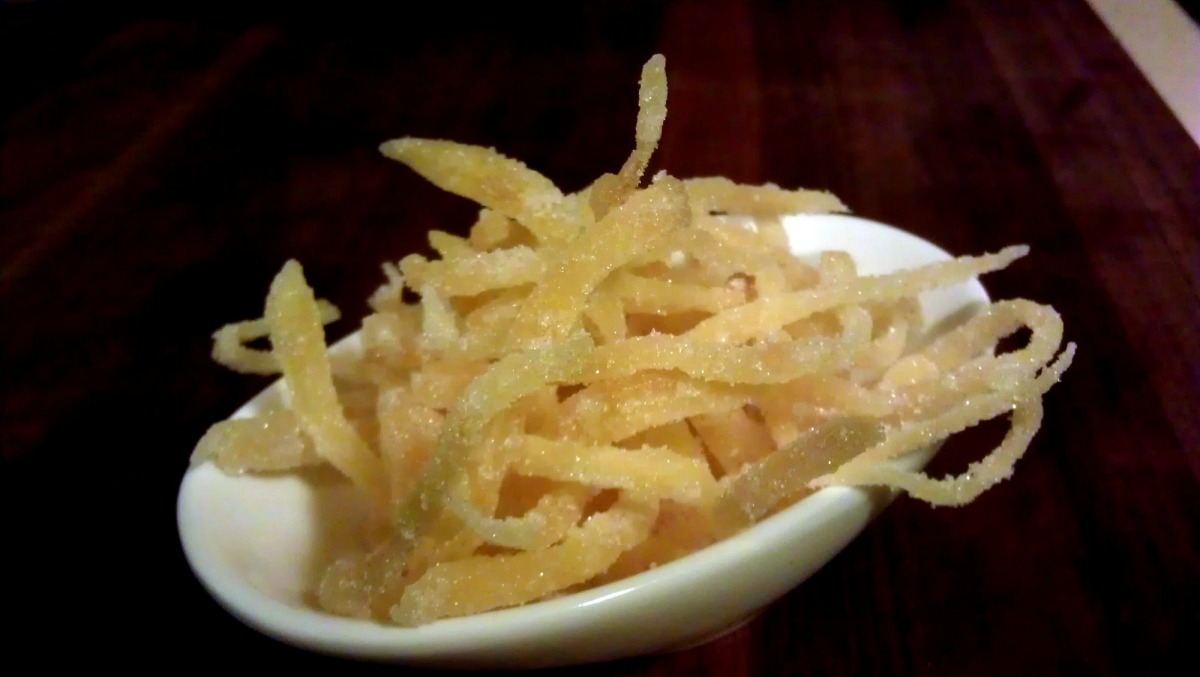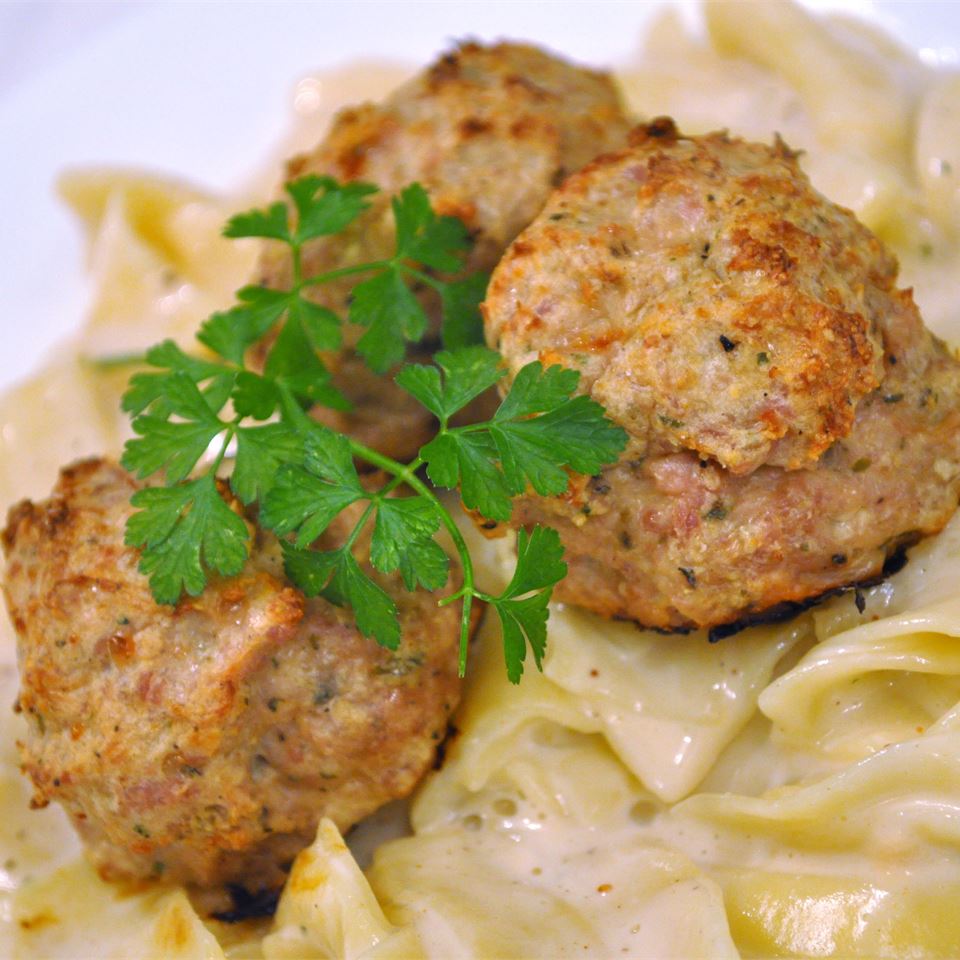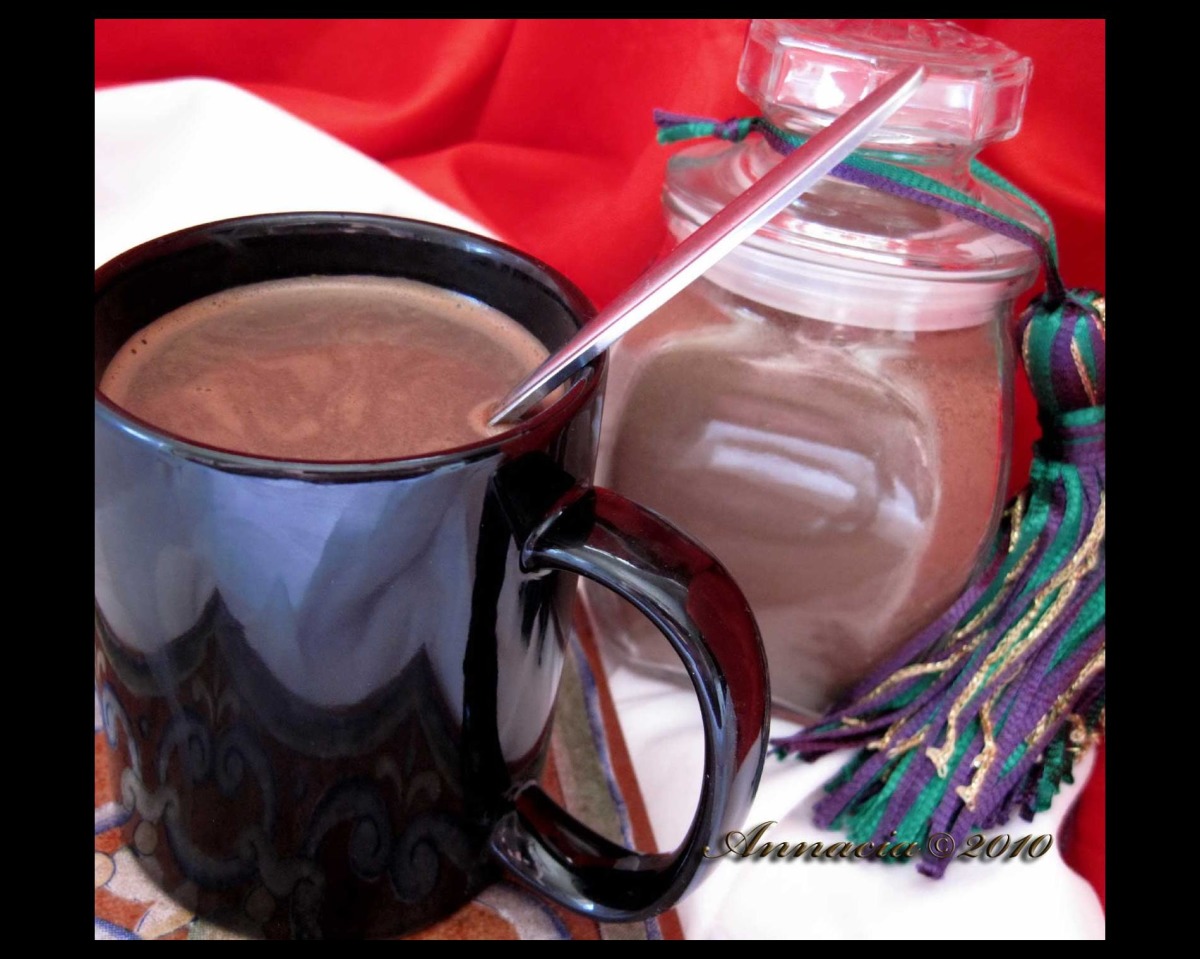**100% Rye Bread: A Journey Through Time and Taste**
Rye bread, a timeless classic with a rich history and distinct flavor, has been a staple in many cultures for centuries. This versatile bread, crafted from 100% rye flour, offers a hearty, slightly tangy taste and a dense, chewy texture that sets it apart from its wheat-based counterparts. Embark on a culinary adventure as we explore a collection of 100% rye bread recipes, each offering a unique twist on this classic loaf. From the traditional Scandinavian limpa bread, redolent with the aromas of caraway and fennel, to the hearty Russian black bread, renowned for its dark color and bold flavor, these recipes capture the essence of rye bread in all its glory. Discover the secrets behind this ancient grain, learn about its nutritional benefits, and delve into the art of rye bread baking. Whether you're a seasoned baker or just starting your bread-making journey, these recipes will guide you through the process, ensuring a successful and delicious outcome.
TOURTE DE SEIGLE (100% RYE BREAD)

Tourte de Seigle is a deep and earthy flavored whole grain rye bread from the Alps areas of France, Switzerland, and Germany. It's delicious with butter and paired with hearty stews, also dry white wine, as per [Baking History|https://baking-history.com/tourte-de-seigle/]. This Pain de Seigle recipe uses a relatively simple process and I've included beer for enhanced malty flavors and aroma, and plain yogurt to boost the crumb texture with additional lactic acid.
Provided by Melissa Johnson
Categories Recipes
Time 1h35m
Number Of Ingredients 13
Steps:
- Levain (the night before)
- Mix the ingredients for the rye levain and let ripen overnight. In a cool kitchen, this may take 8-10 hours. In the summertime, use cool water to prevent the starter from ripening in the middle of the night. 100% hydration rye starter is fairly stiff so you may see no expansion for the first few hours (likewise with the dough).
- Dough (the next morning)
- Mix all the ingredients together in a bowl until everything is incorporated. Different yogurt brands have different hydration, so feel add a smidge more flour or water if needed.
- Let the dough rise until it has expanded by about 75% (see photo in the gallery below). In a very cool kitchen (63-65°F), this took 14 hours. A subsequent dough at 68°F took 10 hours. The beer and yogurt are cold additions, and the dough is relatively stiff, so it doesn't ferment very quickly.
- Shaping (early evening)
- Sprinkle your work surface with whole rye flour and scrape the dough out of your bowl or bucket.
- Using a floured bench knife, fold the dough into a ball. Adding flour as needed, flip over the ball and shape the dough into a boule with your hands. Oval and oblong shapes are fine too, but not the traditional tourte.
- Flour your proofing basket and flip the dough into it, seam side up. You'll flip the dough again into your baking vessel with the smooth side up, but the crust will still crack nicely.
- Cover and let the dough proof for 1-2 hours, depending on your ambient temperature. The dough will expand a little and look slightly puffier (see photo gallery).
- About 30 minutes before the end of the final proof, start preheating your oven and baking vessel to 425F.
- When the preheat is complete, flip the rye dough out of the proofing basket and onto a sheet of parchment paper or the base of your hot baking vessel, cover, and return the vessel to the oven.
- Bake for 60-65 minutes (late evening)
- 10 minutes at 425F lid on
- 30 minutes at 415F lid on
- 20-25 minutes at 415F lid off (leave the lid on longer or the entire time if you prefer a softer crust)
- When baking is complete, the bread should have an internal temperature of at least 208F and it should sound hollow when you knock on the bottom of the loaf.
- Cool and Set (cut the morning after the next)
- Wait 24-48 hours before cutting into this bread so that the crumb can set and isn't gummy. Store cut-side down on a cutting board and cover with a bowl, towel, or bag.
SOURDOUGH BREAD: 100% SOURDOUGH RYE BREAD

There are many ways to make rye bread, but very few versions contain 100 percent rye flour. Rye has so little of its unique type of gluten (6 to 8 percent) that it is hard to develop the structure and lift necessary for a decent crumb without the addition of a fair amount of high-gluten wheat flour. However, there are many people who love dense rye bread, and there are others who eat it because they can tolerate the gluten of this bread but not the gluten in wheat breads. A lot of drama goes on inside a sourdough rye bread. Rye flour is high in natural sugars and dextrins and contains pentosan, a gum protein that causes the dough to become gummy if it is mixed as long as wheat breads. Also, the wild-yeast starter creates an acidic environment that slows down the enzymatic release of sugar during the mixing cycle, but at the same time allows for the sugars to emerge from the grain during the fermentation cycle as the enzyme activity kicks in. If properly mixed and fermented, the result is a sweet, creamy, yet chewy texture quite unlike that of any other bread.
Yield makes two 1-pound loaves
Number Of Ingredients 9
Steps:
- The day before making the dough, make the rye starter. Mix together the barm and rye flour in a bowl, adding only enough water to form a ball. It should be firm and a little tacky but not sticky or spongelike. Work quickly. It is not necessary to develop the gluten, only to hydrate all the flour and form a shaggy but firm dough. Lightly oil a bowl and transfer the starter to the bowl, rolling it around to coat it lightly with the oil. Cover the bowl with plastic wrap.
- Ferment at room temperature for 4 hours or longer, or until the dough doubles in size (it will become softer and stickier as it rises). Refrigerate overnight.
- Also on the day before making the final dough, make the soaker. Combine the coarse rye flour and water in a bowl. Cover the bowl with plastic wrap and let it sit at room temperature overnight.
- The following day, remove the rye starter from the refrigerator 1 hour before making the dough. Cut the starter into about 10 small pieces with a pastry scraper or serrated knife. Mist with spray oil, cover the pieces with a towel or plastic wrap, and let sit for 1 hour to take off the chill.
- To make the final dough, stir together the rye flour, salt, and seeds in a 4-quart mixing bowl (or in the bowl of an electric mixer). Add the soaker and the starter pieces. With a large metal spoon, stir in enough lukewarm water to bring everything together to form a ball (or mix on low speed with the paddle attachment).
- Sprinkle rye flour on the counter and transfer the dough to the counter. Sprinkle the dough with more rye flour and gently knead the dough until all the pieces of starter are assimilated into the dough and the dough forms a very tacky ball (or mix on medium speed with the dough hook). This will take 5 to 6 minutes by hand (4 minutes by machine). Add flour as needed (or small amounts of water if the dough is tight). Let the dough rest on the counter for 5 minutes, and then give it a few more turns to complete the kneading. It should register 77° to 81°F. (This dough will not make a good windowpane when stretched because of the low gluten content.) Lightly oil a large bowl and transfer the dough to the bowl, rolling it around to coat it with oil. Cover the bowl with plastic wrap.
- Ferment for approximately 4 hours, or until the dough nearly doubles in size.
- Sprinkle rye flour on the counter and transfer the dough to the counter, being careful to degas it as little as possible. Divide the dough into 2 equal pieces, sprinkle them with rye flour, and gently shape them into bâtards. Line a sheet pan with baking parchment and sprinkle the parchment with coarse rye flour, semolina flour, or cornmeal. Place the loaves on the pan at least 4 inches apart. Mist the dough with spray oil and cover loosely with plastic wrap.
- Either proof the dough for 2 hours at room temperature or slip the entire pan into a food-grade plastic bag and immediately refrigerate overnight. If you are holding the dough overnight, remove the pan from the refrigerator 4 hours before baking and proof the dough at room temperature, or until about 1 1/2 times its original size. It will have spread sideways as well as upward.
- Prepare the oven for hearth baking as described on pages 91-94, making sure to have a steam pan in place. Preheat the oven to 500°F. Remove the pan from the bag or lift off the plastic, and let the dough sit exposed for 5 minutes, then score it.
- If you are baking on a stone, slide the parchment and dough onto the back of a sheet pan or onto a peel and then transfer it to the stone (or bake the bread directly in the sheet pan on which it was rising). Pour 1 cup hot water into the steam pan and close the door. After 30 seconds, mist the oven walls with water and close the door. Repeat twice more at 30-second intervals. After the final spray, lower the oven setting to 425°F and bake for 10 minutes. Rotate the loaves 180 degrees, if necessary, for even baking and continue baking for another 10 to 15 minutes, or until done. The internal temperature should register approximately 200°F and the crust should be hard and somewhat coarse (it will soften as the bread cools).
- Transfer the breads to a rack and let them cool for at least 1 hour before slicing or serving.
- Lean, standard dough; indirect method; wild yeast
- Day 1: 4 to 5 hours firm rye starter and soaker
- Day 2: 1 hour to de-chill starter; 6 minutes mixing; 6 hours fermentation, shaping, and proofing; 25 to 30 minutes baking
- The bread is best when made with a variety of grinds, from fine white rye to coarse pumpernickel or even rye chops (cracked rye kernels). This version uses a blend and also utilizes the soaker method to condition the grain and develop enzyme activity.
- If you make rye bread regularly, you can keep a rye barm on hand in addition to your regular barm. Otherwise, you can use your regular barm starter and turn it into a rye starter, but it will contain a proportion of wheat. To make a pure rye-only starter, consult the Commentary on page 229.
- Allow 3 days to make this bread (or start early on the second day to bake it around dinnertime). Because it is low in gluten, the bread will have a fairly tight crumb, not large and irregular as with standard hearth breads. The dough is slightly softer than French bread, but not as wet as ciabatta and other rustic doughs. This added hydration provides some physical leavening (steam) in support of the biological (wild-yeast) leavening provided by the starter. The result is a relatively dense loaf with a long shelf life.
- This same formula also can be used for making spelt bread, another wheat relative that is lower in gluten (mainly it is lower in gliaden, which is the offensive half of gluten to those with sensitivities). Just substitute spelt for rye and follow the same directions.
- As always with rye breads, the use of caraway, anise, or other seeds is optional. This bread is delicious with or without them.
- 100% Sourdough Rye Bread %
- (FIRM RYE STARTER)
- Barm: 77.8%
- White rye flour: 100%
- Water (approx.): 44.4%
- Total: 222.2%
- (SOAKER)
- Coarse rye flour: 100%
- Water: 200%
- Total: 300%
- (FINAL DOUGH)
- White rye flour: 100%
- Firm rye starter: 74.1%
- Soaker: 44.4%
- Salt: 2.8%
- Caraway seeds: 3.7%
- Water (approx.): 51.9%
- Total 276.9
Tips:
- Use a digital scale to measure ingredients for the most accurate results.
- Make sure your starter is active before you begin the recipe.
- If you don't have a Dutch oven, you can bake the bread in a loaf pan at 450°F for 40-45 minutes.
- The bread is done baking when it has a deep golden crust and sounds hollow when tapped on the bottom.
- Let the bread cool completely before slicing and serving.
Conclusion:
100% rye bread is a delicious and healthy bread that is perfect for sandwiches, toast, or just eating plain. It is a bit more challenging to make than white bread, but it is definitely worth the effort. With careful attention to detail and the right ingredients, you can make a loaf of 100% rye bread that is sure to impress your family and friends.
Are you curently on diet or you just want to control your food's nutritions, ingredients? We will help you find recipes by cooking method, nutrition, ingredients...
Check it out »
You'll also love








